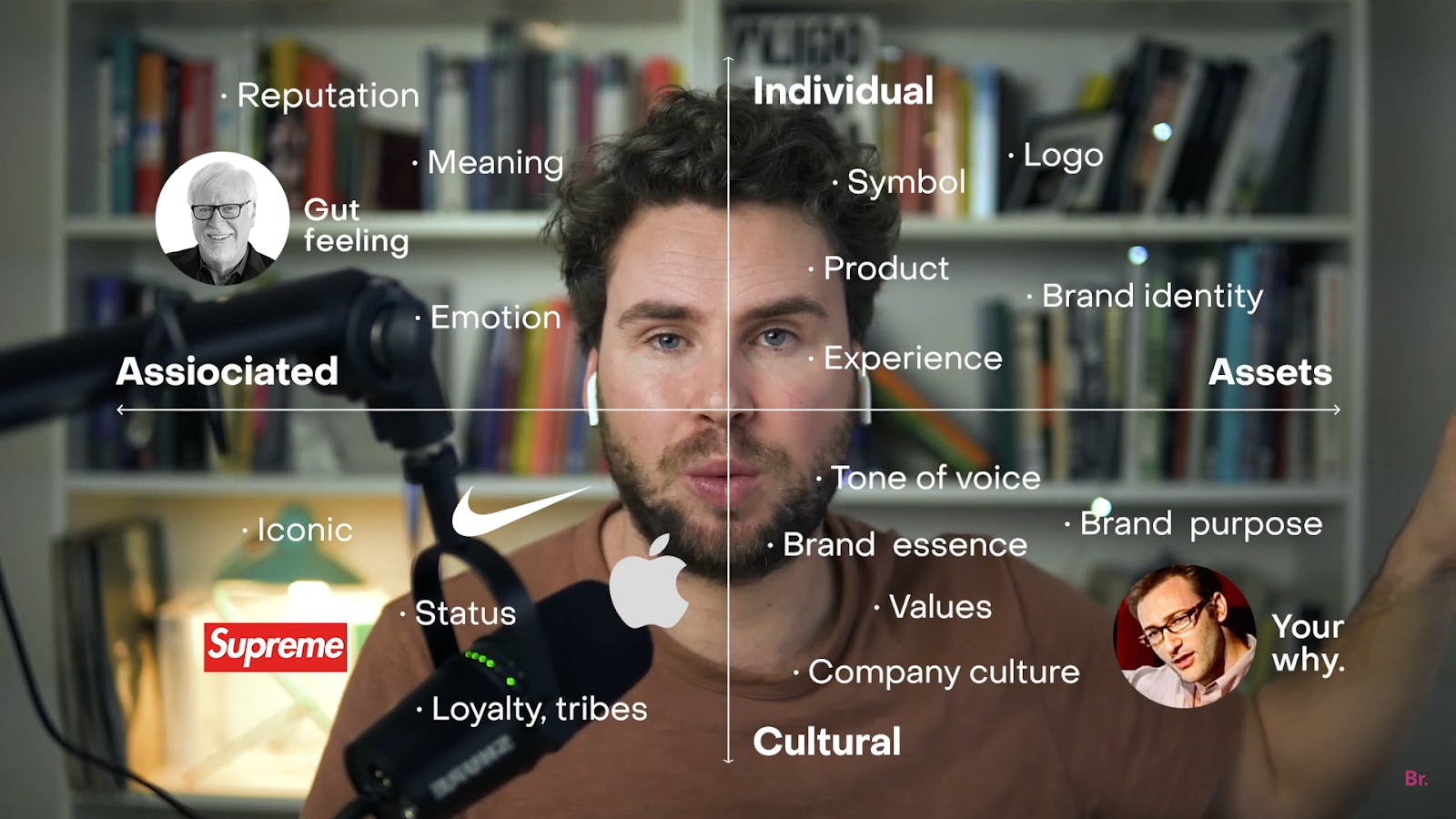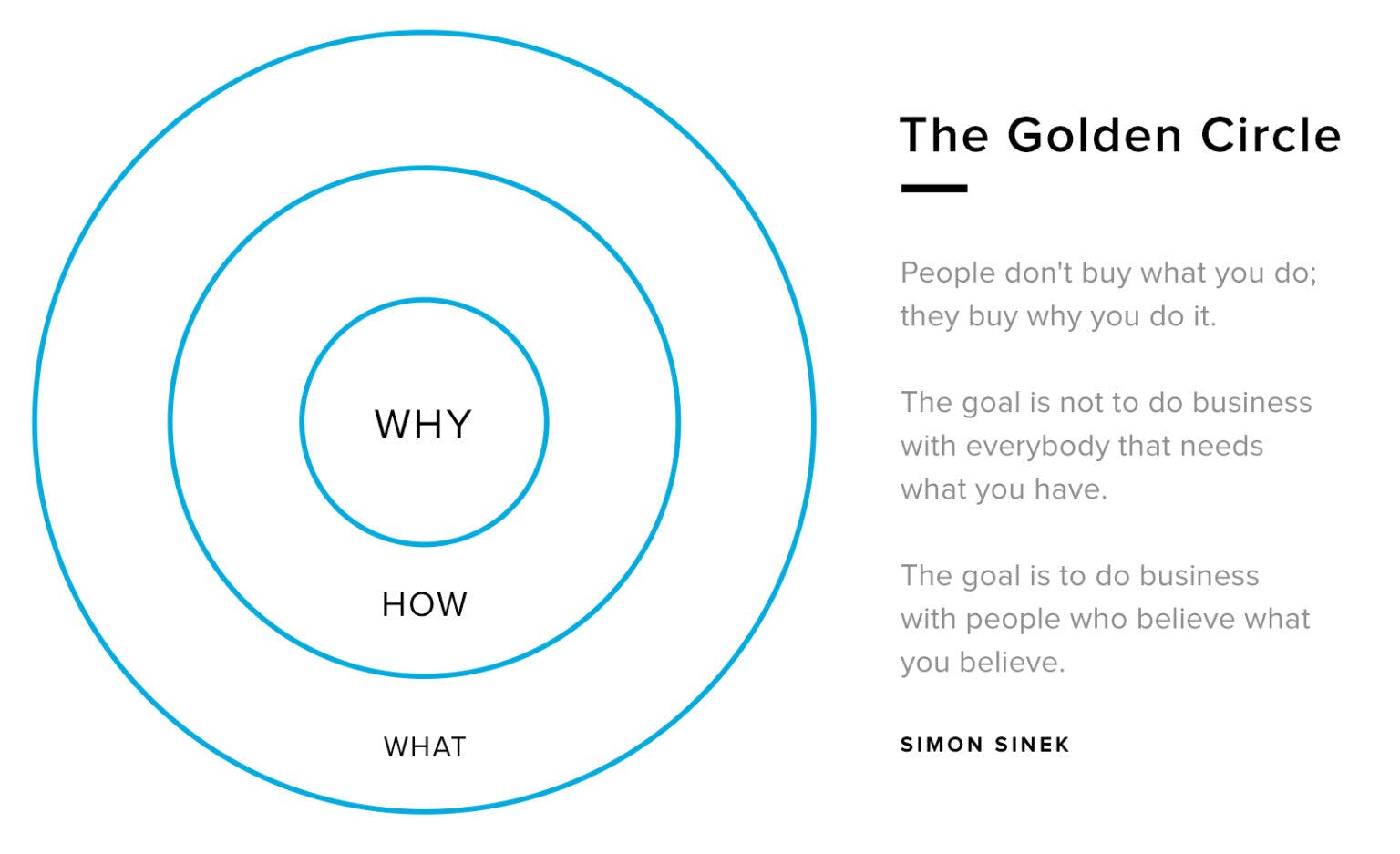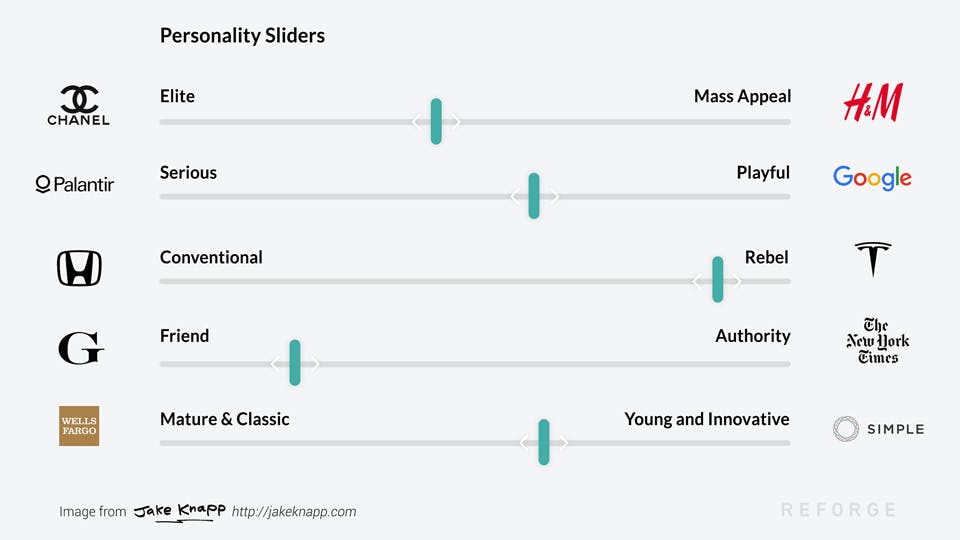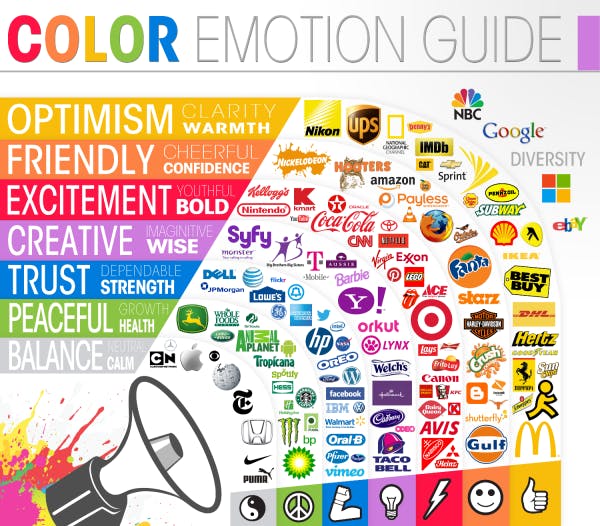Brand building 101: how to build a unique brand in 10 steps?
Nov 4th, 2022

When people hear the word “brand”, they often think of a name or a logo. Even though these elements are integral to any brand, the term has a much broader meaning. However, the earliest definition of the word refers to the name given to a product or service from a particular source. In this context, the term “brand” is equivalent to the word “trademark.”
The origins of the term “branding” date back to the ancient Egyptians, who used branding irons to differentiate their cattle from other animals. In the 19th century, with the rise of packaged products, the practice of putting marks spread to various goods, such as oil, wine, cough drops, flour, and sugar. In the 21st century, branding is used not only to indicate products’ sources but to create a personality and convey a company’s values and promises. In addition, branding helps distinguish a business and its products from rivals and provides an unforgettable experience to customers.
Consequently, a brand is how customers perceive a particular business. Jeff Bezos, the founder of Amazon, claimed: “Your brand is what other people say about you when you’re not in the room.” The essential parts of the brand include personality, identity, communication, product design, brand awareness, and loyalty. Further, we will dwell on these components and a modern definition of “brand”.
What is a brand?
A brand is an image or personality of a product or service that a company uses to distinguish itself from competitors and create an identity in the market. It is an intangible reputational asset used in business and marketing that helps people recognize a particular organization, product, or person. The term also refers to the sum of the product’s characteristics, such as name, logo, and slogan, allowing an organization to differentiate the offering from the competing items in the marketplace.
According to The Dictionary of Brand, a brand is a person’s perception of a good, service, experience, or company. Marty Neumeier, the author of the book, emphasizes that a brand is not only a product, name, or identity. Besides the mental image, a brand provides an emotional value to consumers. It is an individual’s gut feeling about an organization, good, or service. On top of that, a brand is a promise often determined by advertising appeals or consumers’ previous interactions with a company. A brand promise is a reason why customers choose to buy from you instead of competitors and what they expect to experience when purchasing a product or service.
In contrast, Stef Hamerlinck, a brand strategist, rejects the assumption that a brand is solely a gut instinct or a reputation because a company cannot own them. Instead, the brand builder explains that the concept can be represented by two axes. There is one axis with the company’s assets, such as products, logo, tone of voice, brand identity, and mission, and another axis with advantages, experiences, meaning, and reputation that exist in a consumer’s mind.

Thus, Stef Hamerlinck defines a brand as a distinctive experiential promise representing a business. By this definition, a brand has a recognizable logo or symbol and stands out from the competition. Furthermore, experiential means a brand is associated with a consumer’s perception. It is visually appealing and has a particular tone of voice. Finally, a promise guarantees that the consumer’s problem will be solved.
We can conclude that the most crucial aspects of a brand concern consumers’ perception of a company, reputation, and customer experience with an organization. To achieve customer satisfaction, business owners should pay close attention to designing visual elements, tone of voice, and fulfilling promises regarding products and services. Let us discuss how a company can improve customers’ opinions of a brand in more detail.

What is brand building?
Brand building is a process of generating awareness about a brand through various marketing initiatives to increase recognition, advertise a particular product and provide value to target customers. The brand building aims to create a distinctive and long-lasting image in the market, shape consumer perception of a brand, and develop a positive reputation. Business owners achieve this objective by communicating a consistent message and fulfilling the promise conveyed in the statement.
There are three core pillars of building a brand: positioning, brand identity, and communication strategy. Brand positioning refers to the value that a brand offers to its target market. It defines how a brand looks in the eyes of the customers and how it differs from competitors. With a positioning strategy, a company can create specific associations in consumers’ minds to influence how they view a brand. An effective positioning strategy leads to an increase in customer loyalty and willingness to buy the brand’s products. In addition, the strategy can convince potential buyers that your brand is unique, trustworthy, and memorable.
Brand identity is a set of visual and non-visual elements that communicate the brand’s attributes across all channels and make it recognizable to the target audience. These elements include logo, color palette, typography, product packaging, website design, slogan, tone of voice, and vocabulary. Therefore, a brand identity combines how a brand looks, feels, and interacts with consumers. A strong brand identity allows a company to stand out from the competition, represents the brand’s personality, develops a consistent message across all marketing collateral and builds brand awareness.
The other pillar of a successful brand is a communication strategy. It allows for determining the most compelling methods for conveying a brand’s core message to the intended audience across various platforms. Brand communication includes all interactions that existing and potential customers have with a brand through social media, the company website, blog, emails, and other marketing channels. The main components of brand communication strategy are the target audience, key messages, and creative content. If you manage to use these elements correctly, you will be able to build a deep connection with your audience, bring value to customers and establish a good reputation.
Now let us move on to the practical part and explore how to build a strong brand. We will also give examples of world-renowned brands and the strategies they employ to succeed in the industry.
10 steps to building a strong brand
Building a brand from scratch is not a simple task. The greatest difference between a branded and generic product is the reason for the purchase. People buy generic products because of rational considerations like the appropriate quality and affordable price. In contrast, branded products are purchased for emotional reasons, such as the desire to demonstrate social status, present yourself in a particular manner through an association with a brand, or join an important cause that the brand is known for driving. Emotional reasons can increase a brand’s price compared to unbranded products. Therefore, the majority of business owners aim to build strong brands.
In the following, we will outline ten essential steps required for creating a powerful brand.
Step 1. Research your target audience and competitors
The cornerstone for building your brand is identifying the target market that you will focus on. Once you understand who your audience is, you will be able to tailor your goals and message to their specific customer needs. Furthermore, identifying the target audience helps you choose the right brand voice, style, and marketing strategy.
If you already have existing buyers, you can examine their demographic characteristics like age, gender, education, location, and income. Then pay attention to psychographics, such as hobbies, motivations, preferred brands, and personal traits. Next, check sales data and available statistics from analytics tools to decide whether your product will evoke the interest of a certain demographic group. You can also collect your own statistical data by conducting surveys or hiring a marketing consultant to do it for you. Finally, based on the information received, create buyer personas that meet the criteria of the ideal customer.
Analyze companies that offer similar products or services. Consider their message, visuals, and quality of products, and study customer reviews and social mentions. Examine their online and offline marketing activities. Create a brand competitor chart with two to four companies to organize strengths and weaknesses and understand how customers perceive other brands.

Step 2. Develop your brand purpose
Every business needs to have a purpose which is an underlying reason for its existence beyond making money. The purpose motivates people to buy your product or service. Besides, consumers want to purchase brands that reflect their values, views, and motives. Consequently, your brand should have a clear purpose, a set of guiding principles, and a philosophy that resonates with its target audience.
Simon Sinek, a leadership expert, says: “People don't buy what you do; they buy why you do it.” He has created a model called The Golden Circle that can help any business determine the brand’s purpose. The model consists of three parts: what, how, and why. “What” refers to the products and services brands provide to clients. “How” are the attributes that differentiate the company from competitors. “Why” are the inspiration behind your work and the reason why your business exists.

Thus, to define the brand’s purpose, you need to ask several questions: Why your company does what it does? Why should your consumers care? Why does your brand choose to do this above other options? If you answer these questions, you can define the purpose, proceed with further steps and turn your “why” into “how”.
For example, Dove’s primary purpose is to help women worldwide develop a positive attitude to their bodies. In 2004, the brand launched a revolutionary Campaign for Real Beauty to demonstrate that all women are beautiful regardless of appearance. Hence instead of positioning itself as a soap brand, Dove represents empowerment.
Step 3. Position your brand and products
Positioning allows your company to differentiate your brand and products from similar offerings in the market. First, use the collected information about your competitors to determine the advantages and disadvantages of their products or underserved market niches. Then apply this knowledge to stand out from the competition. Finally, focus on the features and benefits that make your brand unique.
Create a unique selling proposition explaining your brand’s products and services to customers. USP should emphasize the qualities of your product that set it apart from the competition and enhance customer value. Once you develop your brand’s positioning, you will understand how to launch marketing campaigns and create messaging that appeal to your target audience.
Apple differs dramatically from most computer companies. The slogan ”Think Different” that the company used in 1997-2002 best reflects its positioning. The brand constantly highlights clean design and simplicity of use of its products. Moreover, Apple’s guiding principles are innovation, imagination, and humanity.
Step 4. Create your brand’s personality
The next step is to build your brand’s personality. A perfect method to develop a strong brand is to imagine it as a person. First, think about what personality traits might appeal to your target audience. Then choose three to five words to describe the brand. Consider using metaphors or comparing the brand with an animal, vehicle, celebrity, or any other image, idea, and association it evokes in your mind. Defining your brand’s personality helps you develop a tone of voice and messaging that makes your communication plan more meaningful for the target customers.

For example, Red Bull’s personality is a daredevil. The brand associates itself with the words “outrageous” and “adrenaline”. It demonstrates its personality by aligning with extreme sports, using vibrant colors, a charging bull logo, and an energetic tone of voice.
Step 5. Choose a name
Developing a memorable name for your brand is one of the most crucial steps in brand building. A name significantly impacts your logo, domain, and trademark registration. What is more, a brand name is a big differentiator, so it should be difficult to copy or associate with your competitors. Note that if you are going to expand your product lines in the future, you need to pick a broad term instead of naming your brand based on a specific product category.
There are many methods to choose a name for your brand. You can make up a unique word, choose a description, metaphor, or ambiguous term. You can also change a word by adding or removing some letters or creating an abbreviation from a longer name. For example, the brand name “Pinterest” was designed by combining two words: pin + interest.
Before choosing a name, analyze the search results with this term in Google and check other websites with similar domain names. In addition, conduct focus groups to ensure that it does not have an unintended meaning and does not evoke associations with existing brands.
Step 6. Develop a brand voice and messaging
Choosing a brand voice is essential for creating social media posts and other publications with the goal of connecting with your audience. If your voice is consistent, it will be more recognizable across different platforms for the community of readers and subscribers. Brand voice will convey its personality and align with your mission, vision, and industry. It can be friendly, professional, conversational, informative, or authoritative.
Skittles frequently publishes humorous social media messages to create the impression that customers are speaking to the employees behind the scenes. The brand uses a witty and engaging voice and strives to get rid of formal language to talk with consumers in a more conversational manner.

Step 7. Share your brand’s story
A story is a narrative about the origins and history of a brand. It often describes the biography of the brand’s founders and the challenges they face and continue to overcome. A cohesive brand story is an opportunity to establish a strong emotional connection with your audience. Narratives build credibility and trust. Stories are easier for people to understand and recall compared to abstract information. With a brand story, you can explain to your customers why the company was founded, communicate value, and create a positive brand perception. A compelling narrative may convince customers to respect your brand and fall in love with your company.
Airbnb constantly uses storytelling in its content strategy. The main focus of the brand’s content is travelers and hosts. Airbnb demonstrates the value of engaging with others and how the brand facilitates that. The company even created a special section on the website dedicated to biographies of Airbnb hosts around the world. This approach works perfectly as it involves a human element and attracts new customers.
Step 8. Design a brand’s look and logo
Once you have completed the previous steps, it is time to design the look of your brand. It contains the following elements: colors, fonts, and imagery. Colors will help you differentiate the products from competitors and convey an emotional feeling you want to evoke in your customers. For example, yellow is warm and optimistic, green is healthy and peaceful, and grey is neutral and calm. Use the tool Coolors to design your palette and identify complementary colors. In addition, think of themed images and illustrations you can use for your website, marketing materials, and products.

Fonts also have a strong psychological impact on your customers. For example, sans-serif fonts are more contemporary and appealing, while serif fonts are traditional and official. To prevent confusing visitors, choose no more than two fonts: one for headings and one for body copy. Using Font Pair, you may browse an extensive collection of complementary typefaces.

Collaborate with a designer to create a recognizable and memorable brand logo. There are many distinct kinds of logos: emblems, icons, letterforms, mascots, combination marks, abstract logo marks, and symbols. For example, the IBM logo is a letterform, the Starbucks logo is an emblem, and the Twitter bird is an icon.
Step 9. Write a slogan
A slogan is an element of your brand identity that you can use in social media descriptions, website headers, and business cards to increase awareness and improve recognition. A short and catchy slogan introduces consumers to your company and convinces them to buy.
Keep in mind your brand voice when creating a slogan and describing the brand. You can make up a rhyme, use a metaphor or explain your brand philosophy and commitment. The main goal of a good slogan is to help people remember your company, so it should set your brand apart from the competition and evoke an emotional response. Try to create a slogan that highlights your key benefit and, at the same time, does not contain negative connotations.
“I’m loving it” is the longest-running McDonald’s slogan in history which also often appears on the product packaging. Today it is a fantastic illustration of a slogan that connects with the target market for the brand. The phrase in the slogan explains that though McDonald’s food is not the healthiest option, the company promises that you will love the taste.
Step 10. Maintain brand consistency
Creating a solid brand requires consistency. If you manage to maintain brand consistency across online and offline marketing channels, your brand will feel more familiar to your target audience. Consistency also allows for demonstrating that the brand is trustworthy and stable. Thus, you need to develop a style guide for the employees where they will be able to find the standards that specify your branding and instructions for everyone involved in content marketing.
Style guide usually consists of four to five pages and includes a mission statement, an “about us” description, a general overview of a company and its target audience, writing, and visuals. The writing section contains details on formatting, tone, voice, and recommendations concerning using emojis, punctuation, and words to avoid. The visual section describes formats, the brand’s color palette, the logo, and fonts.
Brand building is often a challenging task, as you cannot have complete control over how customers perceive your brand identity and personality. However, you can guide consumers in the right direction by creating a lasting impression, providing helpful content, fostering an emotional connection with the audience, and maintaining a positive reputation. Now you have all the necessary information to begin.
